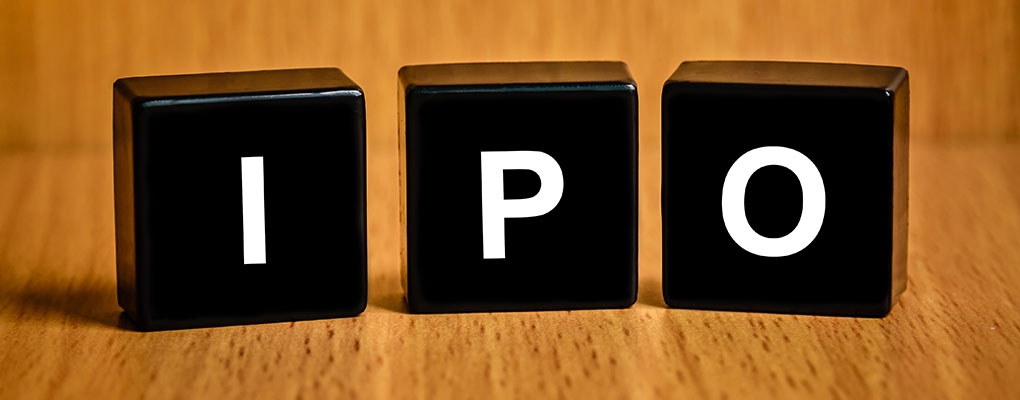Double Inside Bar Pattern Trading Strategy All Time Frames
However, the risk is that a false breakout could occur — where the price triggers the order but then returns to the inside bar’s range, leading to losses. The image above shows how all the factors in this model work together. We see the key level, then the inside bar and the pin bar appear. The inside bar here inside bar trading strategy represents a stalemate between buyers and sellers.
A period of consolidation within a broader trend is the market’s way of regrouping. In an uptrend, the consolidation is triggered when longs decide to begin taking profits (selling). This causes the market to pullback, where new buyers step in and buy, which keeps prices elevated.
Spotting the main trend is key when using the inside bar strategy in forex. Traders use tools like moving averages and trend lines to see where the market is going. This helps them set up their inside bars in line with the market’s direction. Antonio Di Giacomo studied at the Bessières School of Accounting in Paris, France, as well as at the Instituto Tecnológico Autónomo de México (ITAM). He has experience in technical analysis of financial markets, focusing on price action and fundamental analysis. After many years in the financial markets, he now prefers to share his knowledge with future traders and explain this excellent business to them.
Advantages of Trading the Inside Bar Setup
- A saying that goes “the bigger the brick the bigger the break” describes what we expect for a double inside bar break.
- To gain a real advantage, traders should use advanced tools that show the dynamics of buying and selling activity, such as footprint charts.
- You can see that buyers were trapped at the top of the previous candle.
- If a bullish Inside Bar pattern forms after a significant downtrend, it could suggest a potential bullish reversal.
- Price forms a range and then rockets to the upside to break out over previous resistance.
This idea piggybacks off of number four above, where the inside bar forms in the upper or lower range of the mother bar. As the market alternates between range contraction and range expansion, the NR7 alerts us to standby for explosive moves. To clarify, bar range refers to the difference between the high and the low of a bar. Its range must exceed that of the previous bar with a higher high and a lower low.
Is an inside bar pattern bullish or bearish?
The inside bar pattern is key because it shows market consolidation, often before a breakout. It’s a big part of many trading plans because it helps predict market moves. For those who trade more advanced, mixing the inside bar strategy with other patterns can make trading more exciting. Using smart trading strategies and tactics can greatly improve trading results.
Double Inside Bar Formation
First, unlike other candlestick patterns that have specific use cases and are only applicable to certain market conditions, the inside bar setup offers a more versatile use case in trading. It can help determine whether a trend will continue, shift to a non-trending market condition, or reverse altogether. Additionally, it can identify specific shifts in market sentiment depending on its position on the chart and the relative size of the two bars. This versatility is particularly beneficial for experienced traders who can effectively utilize the pattern and incorporate other technical analysis tools into their trading system. The reliability of the inside bar strategy in trading depends heavily on the market context and the effective use of complementary technical analysis tools. Generally, it is more reliable in range-bound markets with clear support and resistance levels and good volume or in trending markets with strong volume.
The reason for this is that you want to trade your breakout in the direction of the current trend. Once you identify the current trend, set your stop order at the top or bottom of the mother candle, depending on the trend. For instance, you place a buy stop at the high of the mother candle in a bullish trend. And in a bearish trend, you put your sell-stop order at the low of the mother candle. This way, you can take advantage of the breakout as it happens. The Inside Bar pattern is most effective on a daily time frame.
- If the market is not showing any certain trend, the Inside Bar pattern will not be able to form due to the uncertain market movement.
- On the other hand, since the harami is a reversal pattern, the volume should ideally be significant (above average).
- Looking at the high and low of the inside bar can give important hints.
- To clarify, bar range refers to the difference between the high and the low of a bar.
- Conversely, using the inside bar candle may result in premature stop-outs or entries that are too early.
If using the more aggressive stop loss strategy, this means selecting inside bars that form near the upper or lower range of the mother bar. This allows you to achieve a much more favorable risk to reward ratio. An inside bar that forms on the higher time frame has more “weight” simply because the pattern took more time to form. This means more traders were actively involved in its formation, which as a result equals higher capital flows.
Get TrendSpider Apps
An inside bar can be part of an extremely effective price action strategy. However, the effectiveness of the inside bar is highly dependent on the market context. In other words, the inside bar by itself is not a working trading setup. Moreover, the pattern could be either a trend reversal or continuation chart pattern, depending on the context of the markets.
The content should not be construed as containing any type of investment advice and/or a solicitation for any transactions. It does not imply an obligation to purchase investment services, nor does it guarantee or predict future performance. Our platform may not offer all the products or services mentioned. When the price breaks above the high of the Inside Bar, it suggests that buyers are regaining control, often resulting in a continuation of the upward trend. Using a previous support or resistance level as a stop-loss will result in a larger stop loss. But it also means there is less likelihood of being stopped out too early in the trade, i.e., it can give the trade more breathing room.












